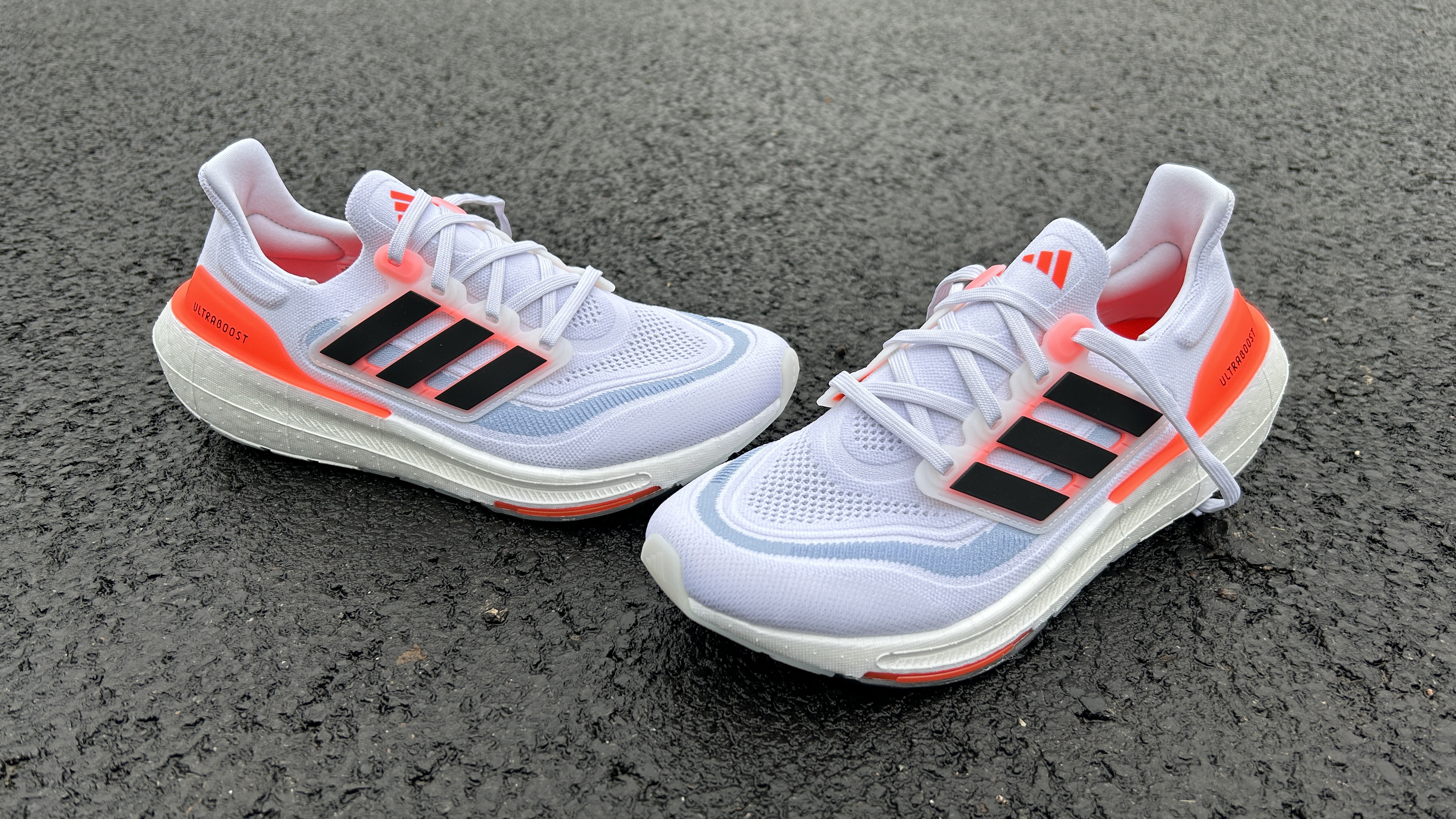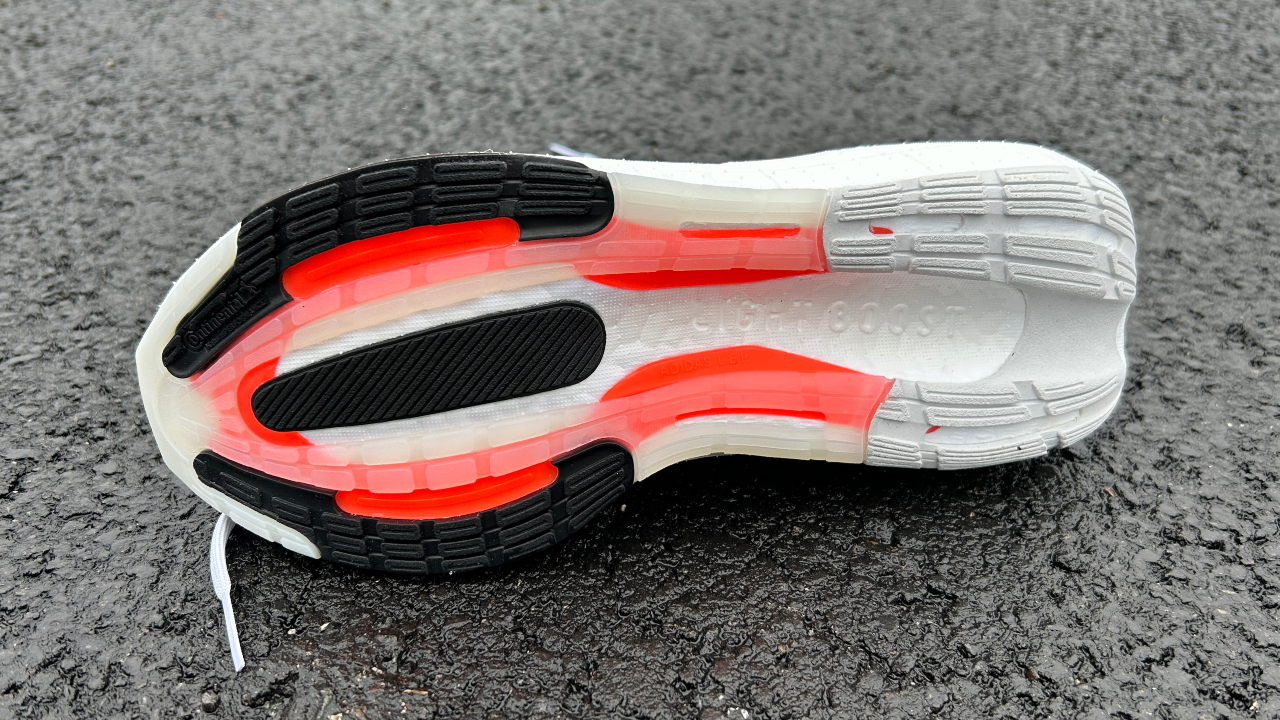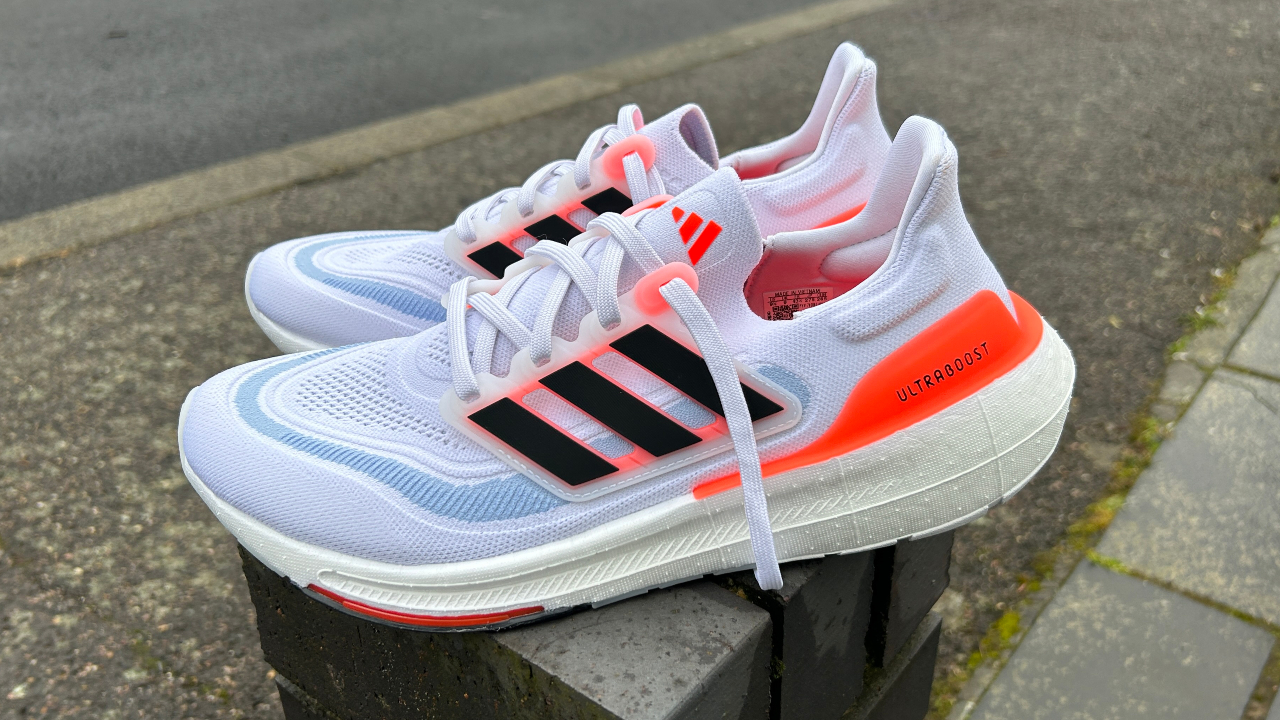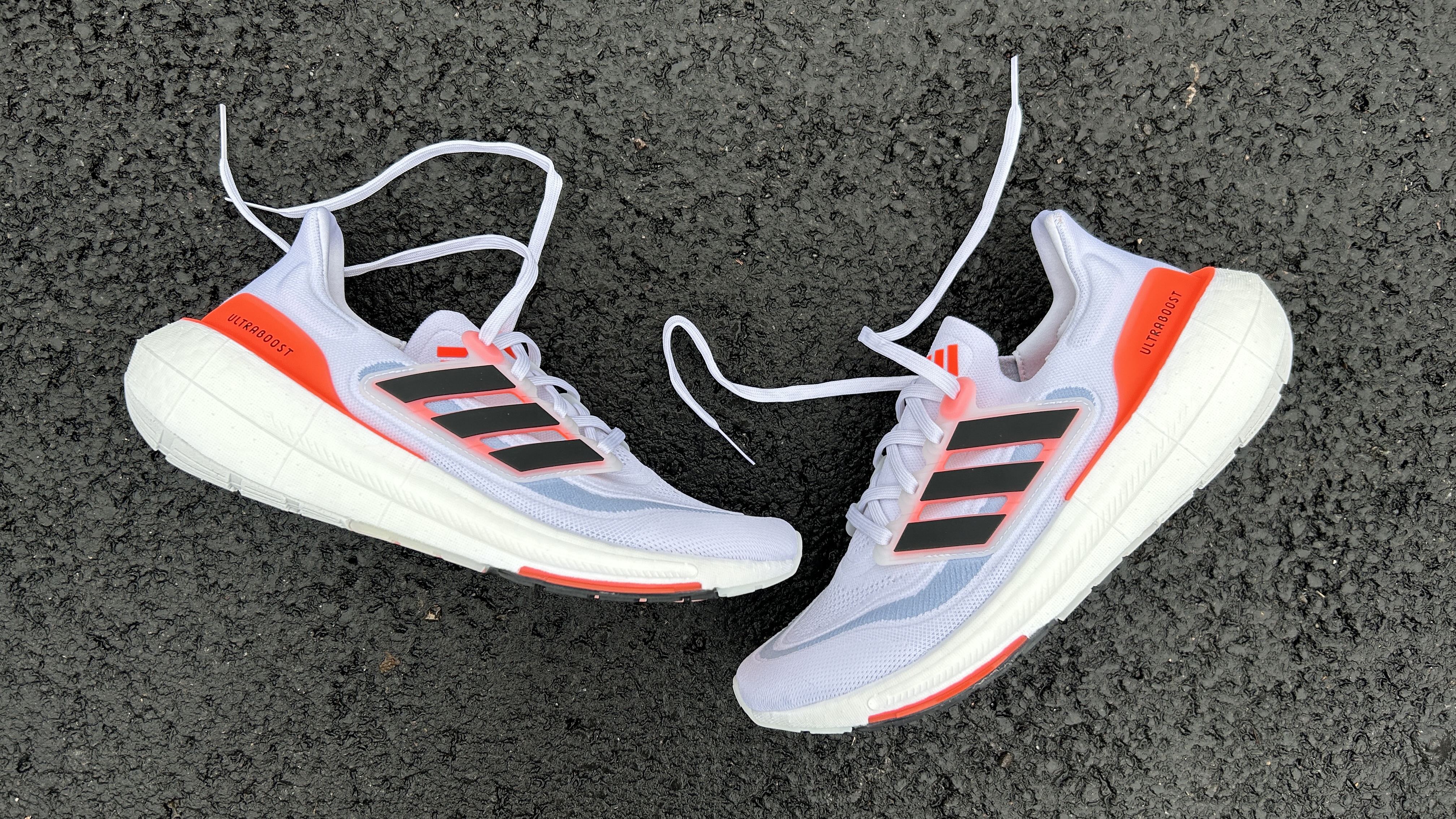Our Verdict
Adidas has made the change that was needed most with the Ultraboost Light, reducing its weight compared with the Ultraboost 22. It’s a cushioned shoe that’s good for easy runs, but there are stronger rivals available, especially considering the Ultraboost Light’s high price.
For
- Lighter than Ultraboost 22
- Stable, reliable ride
- Design
Against
- Not as comfortable as rivals
- High price
- Still not versatile
You can trust Coach
Once, the Adidas Ultraboost was among the best running shoes. Early versions gave a comfortable ride with a durable, good-looking design. The recent updates to the shoe have made it heavier and heavier until the Ultraboost 22 was simply too hefty to enjoy using, even for easy runs.
So I was pleased to discover that the Adidas Ultraboost Light uses a substantially lighter midsole foam than the Ultraboost 22. As a result, it’s a much better running shoe, though the best cushioned running shoes from other brands still offer more than the Ultraboost Light in regard to value and performance.
Adidas Ultraboost Light Review: Price And Availability
The Adidas Ultraboost Light launched in February 2023 and costs $190 in the US and £170 in the UK. That’s the same price as the Ultraboost 22, yet it makes it one of the most expensive cushioned running shoes.
Design And Fit

The key update to the Ultraboost Light is the lighter Boost foam used in the midsole. This is 30% lighter than standard Boost, and reduces the weight of the shoe to 11oz/314g in my UK size 9, compared with 11.7oz/333g for the Ultraboost 22 in a UK size 9.
It’s still not a particularly light shoe, but weighs about the same as other cushioned cruisers like the Nike Invincible 3, Asics Gel-Nimbus 25 and New Balance Fresh Foam X More v4.
Other than the new midsole, the Ultraboost Light has a similar look and a lot of the same features as the Ultraboost 22. The Primeknit+ upper has a sock-like fit, with a plastic midfoot cage and an external heel counter that adds structure to support the foot. The shoe has a tight fit and I’d prefer to have gone half a size up on my normal running shoe because the toe box felt cramped during runs.
Under the midsole is a plastic shank—or Linear Energy Push (LEP) system, as Adidas terms it— that speeds the transition onto your toes. The listed stack height is 30mm at the heel and 20mm at the forefoot for a 10mm drop, with sidewalls of foam that your foot sits within at the heel.

The outsole of the shoe is made from Continental rubber and grips well in all conditions. This rubber lines the sides of the shoe at the heel and midfoot, with more extensive coverage on the forefoot.
How I Tested This Shoe
I’ve run just shy of 31 miles (50km) in the Adidas Ultraboost Light, mostly for easy training runs, as well as a progression run where I finished at around marathon pace. I have also tested several previous generations of the Ultraboost, along with most of the best cushioned running shoes available from other brands.
Running Performance
When you run in the Ultraboost Light you really notice the drop in weight compared with the Ultraboost 22, and it’s appreciated no matter what pace you’re running at. Even at easy paces the shoe feels more nimble and enjoyable, without losing any of the protection underfoot.

It’s not a squishy, soft shoe, and the ride isn’t as smooth as with shoes that have more pronounced rockers. Instead the Ultraboost Light has a firm feel, and snaps you onto your toes rather than rolling through. It’s comfortable at the heel, but I think it requires more foam under the forefoot. I got some discomfort there during longer runs. The drop feels higher than 10mm owing to the snappy transition from the LEP system and firmish foam.
An upside of a firmer ride is that the Ultraboost Light is stable and feels responsive when you run at faster paces. Also, it doesn’t lose any of its bounce throughout runs, which can happen with softer foams that compress. It’s not a versatile daily trainer and I wouldn’t enjoy running for long periods at race paces, but you can go through the gears to tempo pace easily enough in it.
Is The Adidas Ultraboost Light Worth It?
For the most part, the Ultraboost Light feels like the recent versions of the Ultraboost, just lighter. It’s a welcome change but not one that radically alters what the shoe can do. It’s a good cushioned shoe for easy runs that is stable and comfortable, but still somewhat cumbersome at quicker paces.

Previous experience with the Ultraboosts suggests that the Light will be durable, and if you love the look of the shoe it’s a solid option for easy runs. However, it’s not as comfortable or enjoyable as the best cushioned shoes, and the high price is off-putting when it’s possible to get better performance and value elsewhere.
The Asics Gel-Nimbus 25 is a little softer and livelier underfoot, while the New Balance Fresh Foam X More v4 has a smoother ride because of its rocker; both are more comfortable under the forefoot over long distances. The Nike Invincible is less stable than the Ultraboost Light, but delivers more bounce from its springy midsole.
There are also lighter cushioned options, such as the new On Cloudsurfer, which may be less durable than the Ultraboost Light but is more enjoyable and versatile to run in. The Puma Velocity Nitro 2 is also a more versatile cushioned option that’s cheaper than the Ultraboost Light, as is the Hoka Clifton 9.

Nick Harris-Fry is a journalist who has been covering health and fitness since 2015. Nick is an avid runner, covering 70-110km a week, which gives him ample opportunity to test a wide range of running shoes and running gear. He is also the chief tester for fitness trackers and running watches, treadmills and exercise bikes, and workout headphones.

